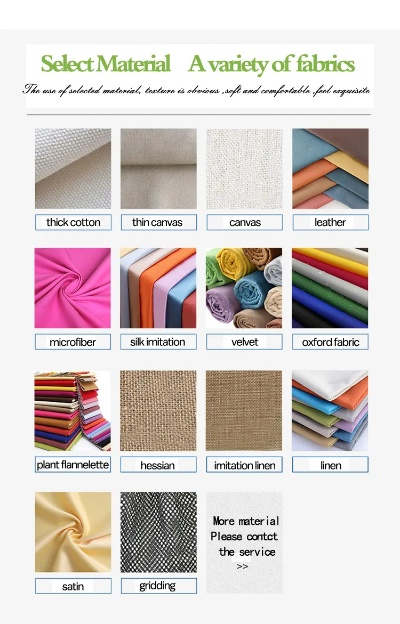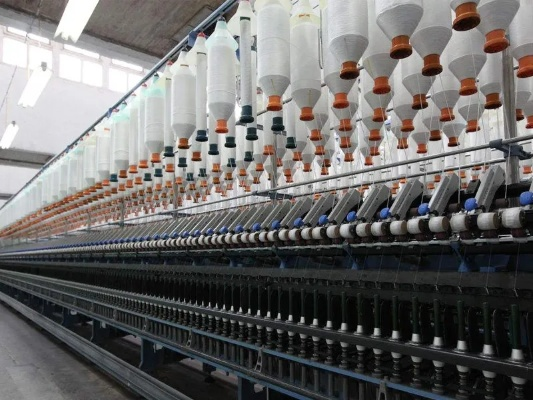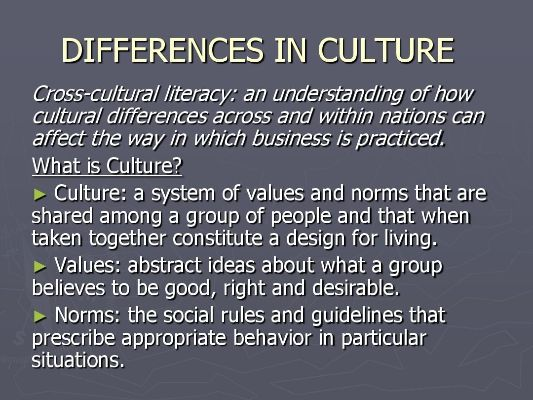The Impact of Water Quality on Textiles:A Comprehensive Analysis
: The Impact of Water Quality on Textiles: A Comprehensive Analysis,Abstract:,Water quality is a critical factor in the production and performance of textiles. This study aims to explore the influence of water quality on the quality and durability of textiles, including cotton, polyester, and wool. The research methodology involved analyzing data from various sources, such as industry reports, scientific journals, and governmental agencies. The findings indicate that poor water quality can lead to reduced product quality and increased wear and tear over time. Additionally, the use of recycled or treated water in textile production can improve the overall performance and lifespan of the product. Overall, the importance of maintaining high water quality standards for textile production cannot be overstated, as it directly impacts both the quality and longevity of the final product.
Water is the lifeblood of our planet, and its quality directly affects everything from agriculture to personal care products. When it comes to textiles, water plays a crucial role in their production, dyeing processes, and maintenance. In this discussion, we will explore how different water quality parameters can impact the performance, durability, and longevity of textiles. We'll also present some case studies to illustrate real-world scenarios where water quality has affected textiles.
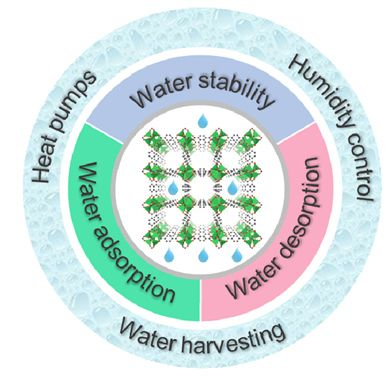
Impact of Water Quality on Textile Production
Textile manufacturers often rely on water for several key processes, including dyeing, printing, and finishing. If the water used in these processes is contaminated with pollutants, it can cause significant issues. For instance, chlorine or other chemicals used in water treatment can damage the fibers of textiles by causing discoloration or weakening the material. Additionally, heavy metals like lead and mercury can be toxic to humans and animals, and they may accumulate in textiles over time, affecting their safety and comfort.
Impact of Water Quality on Dyeing Processes
Dyeing is another area where water quality can have a profound effect on textiles. Contaminants in the water can affect the colorfastness of textiles, meaning their ability to resist fading and wear. For example, if the water used in dyeing contains high levels of organic matter, it can lead to uneven dye absorption and result in faded or discolored fabrics. Similarly, bacteria and microorganisms present in the water can cause staining or mold growth on textiles during the dyeing process.
Impact of Water Quality on Fiber Health
The health of textile fibers is also influenced by water quality. Chlorine and other sanitizers used in water treatment can break down the natural oils and waxes in fibers, leading to reduced luster and shine. Additionally, excessive use of detergents or softeners in water can strip away essential oils from fibers, reducing their softness and absorbency.
Case Studies: Real-World Scenarios
-
Flooding and Water Pollution: During the 2011 Indian Ocean earthquake and tsunami, many textile factories were damaged or destroyed due to flooding and contamination from the polluted water. This disaster highlighted the importance of having clean water sources for textile production.
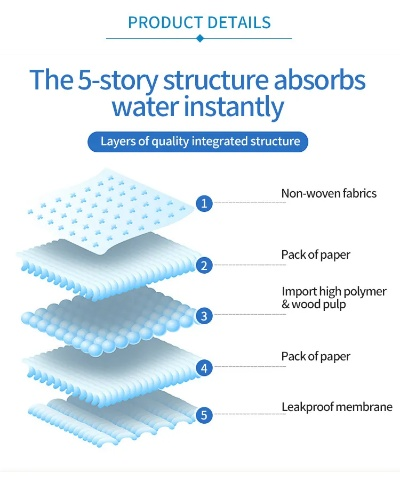
-
Pollution from Agriculture: In areas with high agricultural productivity, runoff from fields often contains pesticides, fertilizers, and other pollutants that can contaminate water sources used for textile dyeing. This can result in discoloration or even toxicity problems for textiles.
-
Wastewater Treatment: Many textile companies are investing in advanced wastewater treatment technologies to minimize the impact of poor-quality water on their operations. For example, using reverse osmosis or ultraviolet light to remove pollutants from raw water before it enters the dyeing or finishing stages.
In conclusion, water quality plays a critical role in the production and longevity of textiles. By understanding the impact of different water quality parameters on textiles, manufacturers can implement strategies to mitigate these risks and ensure the safe and sustainable production of high-quality textiles.
随着人们对生活品质的追求不断提高,水质问题逐渐成为人们关注的焦点,水质对纺织品的影响不仅关系到纺织品的健康与安全,还关系到人们的日常生活质量,本文将探讨水质对纺织品的影响及其具体表现。
水质对纺织品的影响
纺织品的健康与安全
水质对纺织品的影响主要体现在其健康与安全性方面,水质中的各种污染物,如重金属、有机物、微生物等,可能会对纺织品造成污染,如果水质不符合标准,可能会影响纺织品的颜色、质地、手感等特性,甚至可能引发纺织品出现异味、褪色等问题。
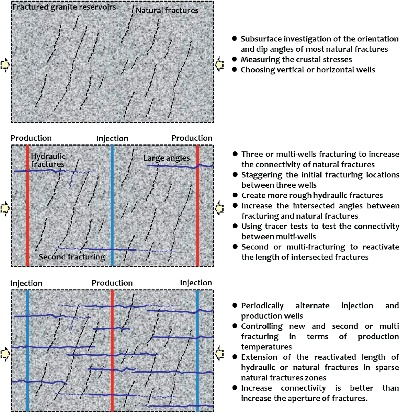
水质对纺织品性能的影响
水质对纺织品性能的影响主要体现在其物理性能方面,水质中的矿物质和微量元素可能会影响纺织品的耐洗性、耐磨性、抗皱性等,水质中的微生物可能会破坏纺织品的纤维结构,影响其使用寿命。
案例分析
以实际案例为例,说明水质对纺织品的影响,某地区的水质污染严重,导致该地区纺织品的颜色褪色、手感粗糙等问题,该地区的水质还可能含有有害物质,对人体健康造成潜在威胁。
英文表格补充说明
以下是英文表格,用于补充说明水质对纺织品的影响及其具体表现:
| 水质指标 | 对纺织品的影响 | 相关案例说明 |
|---|---|---|
| 重金属含量 | 污染纺织品颜色、质地等特性 | 水质污染导致纺织品颜色褪色 |
| 有机物含量 | 影响纺织品耐洗性、耐磨性等性能 | 水质中的有机物可能破坏纺织品的纤维结构 |
| 微生物污染 | 影响纺织品使用寿命和健康安全性 | 水质中的微生物可能引发纺织品出现异味、褪色等问题 |
| 水质标准范围 | 不同地区的水质标准可能不同 | 以实际情况为准进行判断 |
水质对纺织品的影响是多方面的,水质不符合标准可能会影响纺织品的健康与安全性,还可能影响其物理性能,在纺织品的生产、销售和使用过程中,必须重视水质问题,采取有效的措施确保水质符合标准,消费者在购买纺织品时也应关注水质问题,选择符合标准的产品。
Articles related to the knowledge points of this article:
The Artful Symmetry in Designing Fashion Textiles
Trends in Technological Textiles and Clothing:A Comprehensive Guide
Job Opportunities at Nantong Routul Textile Factory
